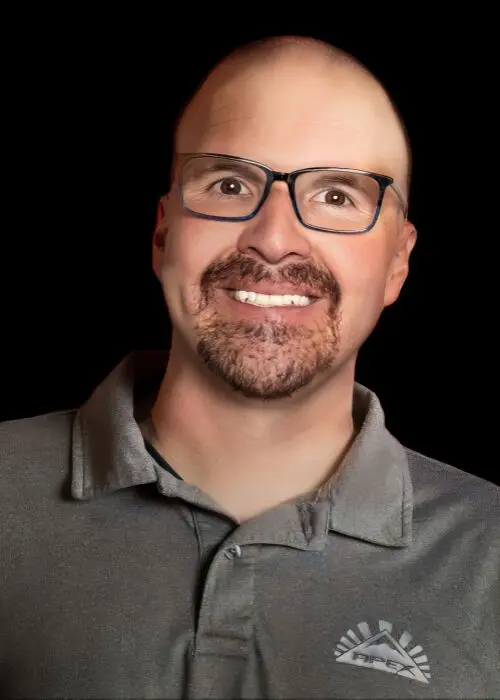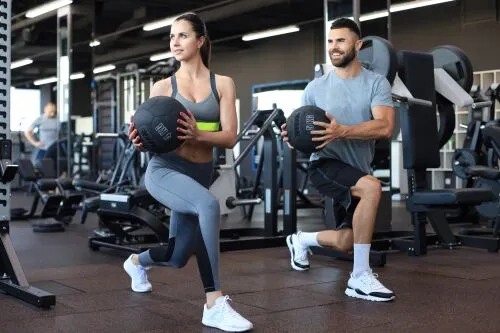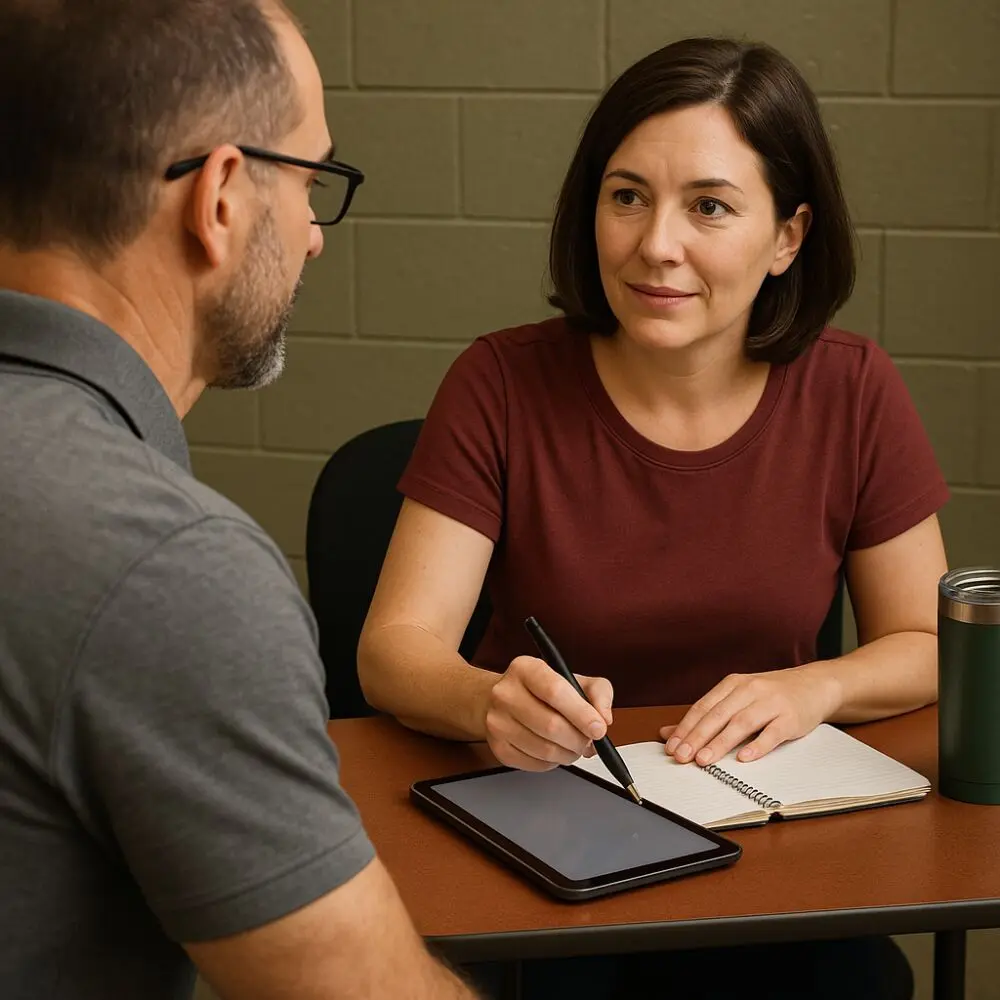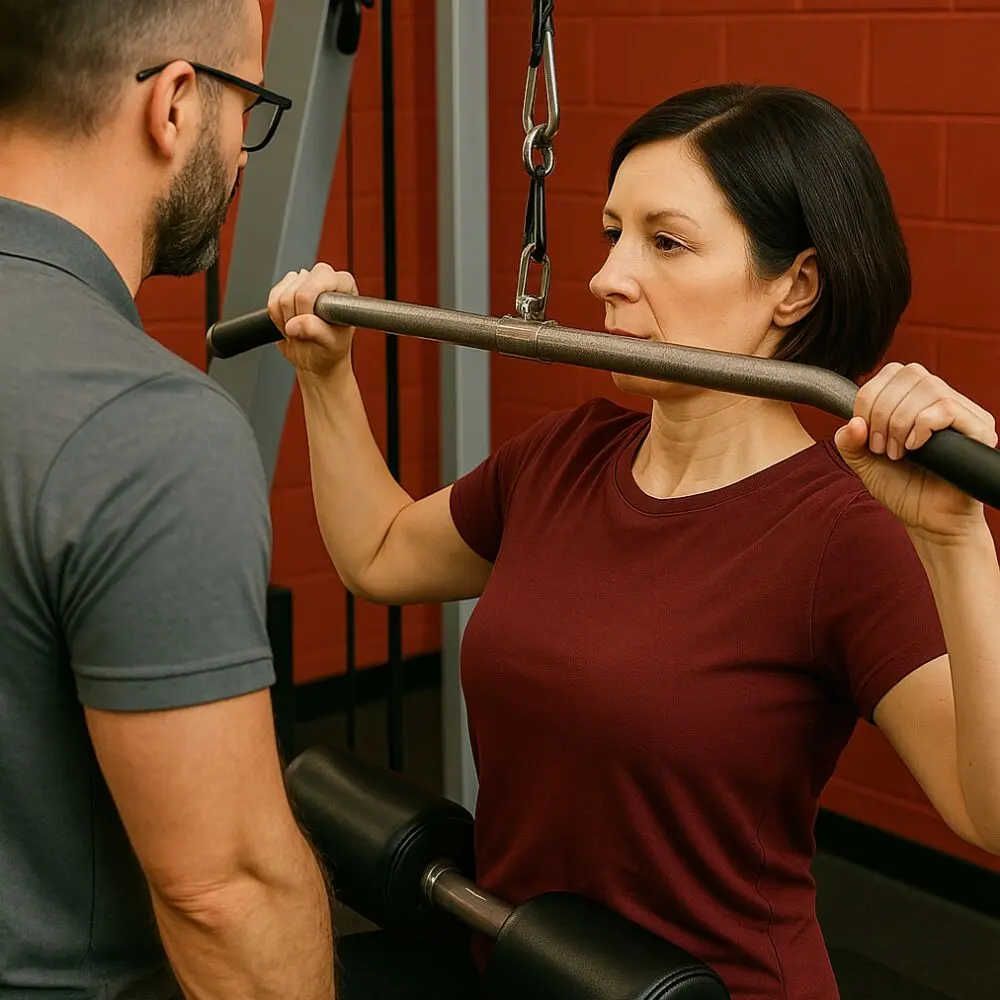Kinesiology is Science-Backed Movement Training That Actually Fits Your Body
What is Kinesiology
Kinesiology is the science of movement. It helps us understand how your muscles, joints, and patterns function—so we can train smarter, prevent injury, and build long-term strength through better alignment and control.
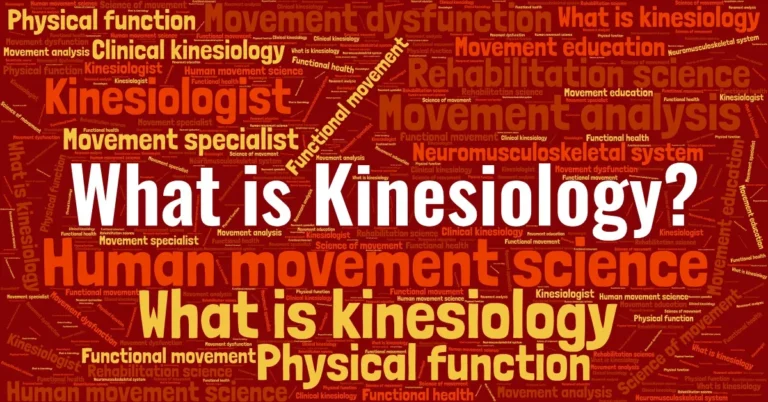
Pain-Driven Clients
Understand what’s causing your discomfort—not just how to manage it.
Overlooked Athletes
Get insight into compensation patterns limiting your performance gains.
Health-Conscious Adults
Learn how your body moves before jumping into the next fitness trend.
Science-Driven Human Movement Specialists
Kinesiology is the clinical science of how your body moves, stabilizes, and produces force. It blends biomechanics, neuromuscular testing, and posture analysis to understand dysfunction and guide corrective action. Unlike general fitness, kinesiology focuses on precision—helping you move better, not just more, so you can train without pain and progress with confidence.
- Kinesiology uses objective testing — not guesswork — to uncover movement issues before they become injuries.
- It identifies weak links, compensations, and muscle imbalances behind chronic pain or stalled results.
- Every correction plan begins with your body’s data — not a one-size-fits-all routine.

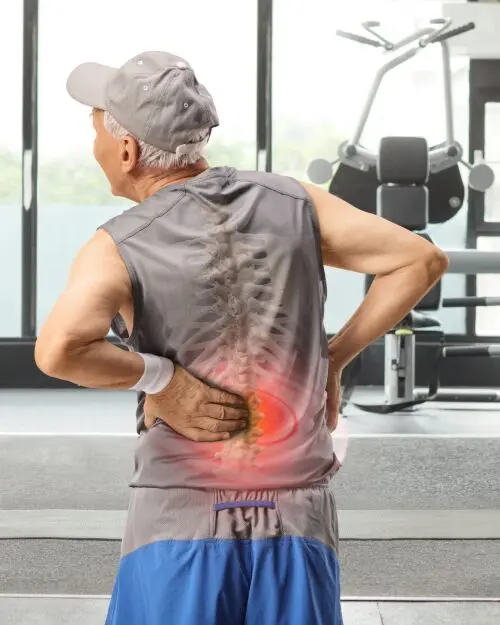
What a Kinesiologist Actually Does
A kinesiologist is a licensed movement specialist trained to assess how your joints, muscles, and nervous system work together. Their role goes far beyond fitness — using clinical testing to identify dysfunction, improve biomechanics, and restore safe, efficient movement.
Kinesiologists typically:
-
Evaluate joint stability, mobility, and muscle activation
-
Identify movement asymmetries, postural issues, and compensation patterns
-
Use biomechanical data to guide strength, mobility, or pain-reduction strategies
-
Create customized corrective exercise plans based on movement science
While personal trainers often rely on general templates, kinesiologists begin with clinical-grade assessments. They measure how your body actually moves — then use that data to coach real improvement. Whether you’re managing chronic pain, recovering from injury, or preparing to train harder, a registered kinesiologist helps ensure your body is working as it should — before you stress it further. They bridge the gap between rehab and fitness with science, strategy, and long-term results.
When Should You See a Kinesiologist?
You should see a kinesiologist if movement feels painful, inconsistent, or unproductive. Unlike general training, kinesiology assesses how your body functions — so pain, plateaus, or post-injury struggles aren’t just managed, they’re understood. It’s especially helpful when progress stalls, form breaks down, or discomfort keeps returning despite effort.
-
You sit most of the day and your posture is causing tension or stiffness
-
You’re exercising but always tweaking something—hip, shoulder, or low back
-
You’ve finished physio but aren’t ready to return to your usual training
-
You’re training hard but your results (or energy) don’t match the work
Kinesiology helps bridge the gap between rehab, fitness, and lifelong movement efficiency.
-
Why Kinesiology Complements Personal Training or Rehab
Kinesiology complements personal training by addressing the root causes of movement limitations. While personal trainers focus on performance, kinesiologists test joint control, muscle activation, and structural balance. Together, they build a safer path to results — reducing injury risk and improving movement quality, especially during rehab, aging, or a return to sport.
-
A kinesiologist identifies how your body moves before you load it or train it
-
This precision supports trainers with smarter programming and fewer setbacks
-
Many clients benefit from alternating kinesiology assessments and focused strength work
-
Chronic injuries, instability, or plateaus are often due to hidden compensation patterns kinesiology reveals
-
What is the difference between kinesiology and physiotherapy?
You’ll often hear both terms used in rehab and performance — but they serve distinct roles. Physiotherapy focuses on diagnosing and treating injury or dysfunction, often using manual therapy and modalities. Kinesiology focuses on analyzing and correcting movement through exercise and biomechanics. One begins your recovery; the other optimizes how you move forward.
Kinesiologists typically:
-
Specialize in movement quality, stability, and injury prevention
-
Focus on exercise-based plans to restore long-term function
-
Help bridge the gap after physiotherapy or during fitness plateaus
Physiotherapists typically:
-
Diagnose and treat acute injuries or complex rehab cases
-
Use hands-on techniques like joint mobilization and soft tissue work
-
Support early-stage recovery before a client is ready for training
“Kinesiologists are the only human movement specialists who use science and research to offer movement as medicine…” — Canadian Kinesiology Alliance
-
A Simple 3 Step Process
No Guesswork, just results
Getting started is simple – it all begins with understanding how your body moves. We assess posture, joint control, and muscular coordination to uncover what’s holding you back—then build a smarter, science-backed plan that restores movement and fuels long-term progress.
Choose the Assessment That Fits You Best
tools that actually tell us something
Understanding how your body moves is step one. These science-backed assessments reveal dysfunction, imbalance, or asymmetry—so your program is based on facts, not guesses.
Comprehensive Movement Assessment
Biomechanical Assessment
Core Stability Assessment
Postural Assessment
Gait Analysis
Functional Movement Assessment
Muscle Activation Testing
You're in Skilled Hands
If you’re feeling stuck, in pain, or unsure what your body needs next — you’re not alone. I’ve helped clients come back from setbacks, break through frustrating plateaus, and finally understand how their body is moving and why that matters more than just “trying harder.”
With over 15 years in the science of human movement, I use data — not guesswork — to identify what’s holding you back. From biomechanics to neuromuscular testing, I rely on objective tools to assess how your body moves.
My goal is to help you move better, reduce pain, and build strength in a way that actually lasts.
